- GreenFeel
- Info
- 0 comments

In an era where sustainability is a priority, consumers are increasingly mindful of the environmental impact of their choices, and the food packaging industry is no exception. As a leading player in the food packaging sector, we understand the importance of transparent communication about the eco-properties we incorporate into our packaging solutions. Let's delve into the eco-friendly terminology that you might have come across: recyclable, commercially compostable, biodegradable, and home compostable.
Recyclable
Recyclable packaging is designed to be collected, processed, and reused in the manufacturing of new products. This helps minimise the amount of waste sent to landfills and conserves valuable resources. When you see the label "recyclable" in the product description specifications, it signifies that the material used can be recovered and repurposed. By choosing recyclable packaging, you're contributing to the circular economy and reducing your carbon footprint.
We recommend reading your local council's recycling system for guidance on exactly what materials you can recycle and how.
Commercially Compostable
Commercially compostable packaging is crafted from materials that break down into natural elements when processed in an industrial composting facility. These facilities provide optimal conditions, such as controlled temperature and humidity, to speed up the decomposition process. By opting for commercially compostable packaging, you're choosing a solution that returns to nature without leaving behind harmful residues, contributing to a healthier planet.
Home Compostable
Home compostable packaging provides a sustainable option for consumers who engage in composting at home. These materials are designed to break down in a backyard composting system, turning into nutrient-rich compost for gardens. If you're passionate about reducing waste at a personal level, choosing home compostable packaging aligns with your commitment to environmental stewards
Biodegradable
Biodegradable packaging takes a cue from nature's recycling process. These materials break down into natural components over time, thanks to the action of microorganisms such as bacteria and fungi. It's essential to note that the term 'biodegradable' doesn't specify a timeframe or the environment in which the breakdown occurs. While it's a step towards sustainability, it's crucial to dispose of biodegradable packaging properly to allow for effective decomposition.
Important
To find eco-property of the product, we've included information in the 'Product Details' section for all our products. Here, you can find not only eco-properties but also details about materials, measurements and types.

In conclusion, understanding the eco-properties of food packaging is pivotal in making informed and sustainable choices. Whether it's opting for recyclable materials to support a circular economy, commercially compostable solutions for industrial processing, biodegradable options for natural decomposition, or home compostable packaging for personal sustainability efforts, each choice contributes to a greener future.
At GreenFeel, we take pride in offering food packaging solutions that align with your values. Our commitment to environmental responsibility is reflected in every aspect of our packaging, ensuring a harmonious balance between product protection and planet preservation.

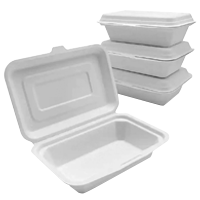
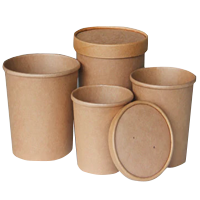
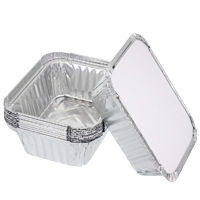
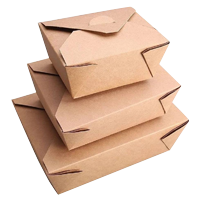
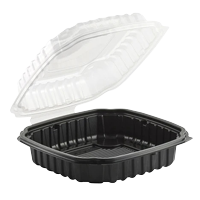





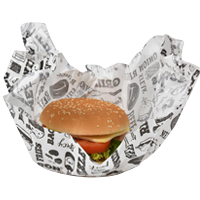
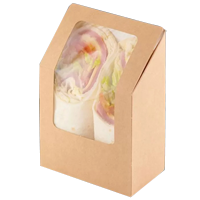
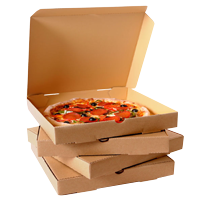
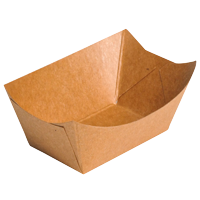
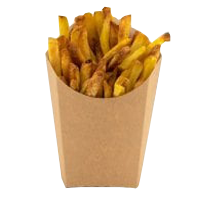


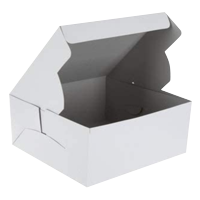


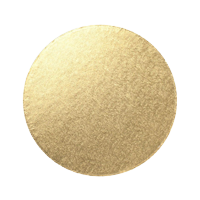







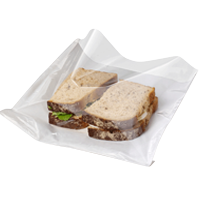
















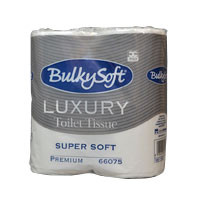

Comments (0)